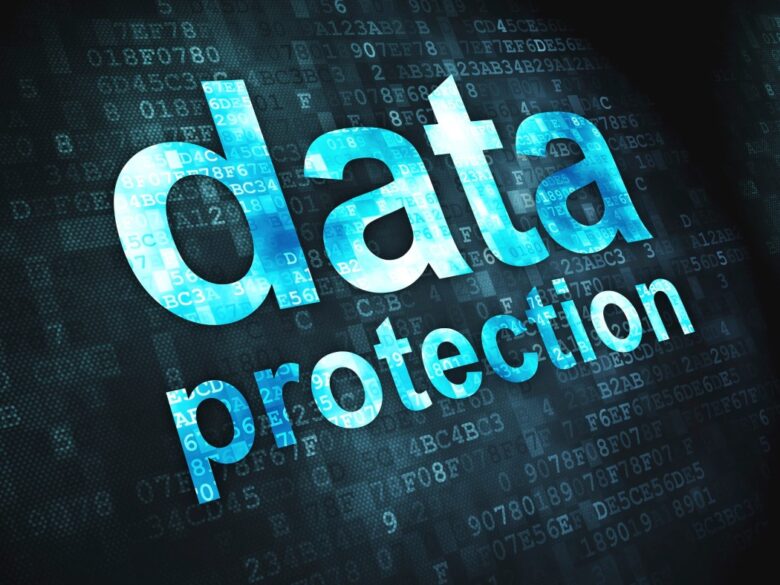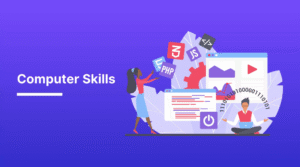In our increasingly connected digital world, personal privacy faces unprecedented challenges. Every time someone clicks, searches, or buys something online, they leave behind a digital footprint that can be studied, collected, and even sold by companies and cybercriminals. The dangers aren’t just theoretical; people fall victim to sophisticated phishing attacks, data breaches, and identity theft every day. These crimes can cause serious emotional and financial damage. Protecting personal information isn’t about achieving perfect, impenetrable security—a goal nearly impossible for most people.
It’s about developing good digital habits every day that make it harder and more expensive for criminals to access your information. This article goes beyond simple tips and offers a robust, multi-layered plan for protecting your digital identity. We’ll discuss some simple steps you can take right now to build a strong, in-depth defense system, giving you greater confidence in your control over your personal information online.
Cultivating a Mindset of Healthy Digital Skepticism:
When it comes to protecting your data, your judgment is your first and most important line of defense. Developing a healthy dose of skepticism is crucial. This means being skeptical of unsolicited emails, text messages, and social media posts, especially those that intimidate you or demand quick action. Check the source before clicking on or downloading a link or file. Hover over a link to see the full URL, and be wary of misspellings or messages from people you don’t regularly interact with.
This same mentality applies to websites and forms you fill out online. Before providing personal information, check whether the service actually requires it. Does signing up for a simple email account require your date of birth and phone number? If people share less information and ask more questions, they can protect themselves from common threats before they even begin.
How Password Managers and Multi-Factor Authentication Can Help:
Most people’s online accounts are most at risk when they reuse weak or commonly used passwords. Don’t overcomplicate passwords, making them harder to remember. Consider using a password generator. You only need to remember one master password, as these tools create and store long, complex, and unique passwords for every website you use. This ensures that even if your account on one website is compromised, hackers can’t easily access your accounts on others. Activate multi-factor authentication (MFA) or two-factor authentication (2FA) for any account that supports it to enhance security.
This adds a second step to the login process, usually a verification code sent to your phone or generated by an app. Losing or stealing your second device renders your stolen password useless. The best way to protect your digital accounts from unauthorized access is to use both a password manager and universal multi-factor authentication (MFA).
Securing Your Digital Perimeter: Networks and Software
Your home Wi-Fi network connects all your electronic devices, so you can’t neglect its security. First, change the network name (SSID) and user password to ones that don’t identify you or your internet service provider. Make sure you’re using the strongest security solution available; WPA3 is currently recommended, or WPA2 if it’s not available. Also, keep your computer’s firmware up-to-date to patch known security vulnerabilities. All your software, including operating systems, applications, and browsers, should be updated regularly. Cybercriminals often exploit known vulnerabilities in older software. If possible, configure your computer to receive regular updates. This way, you’ll receive important security patches as soon as they become available, effectively blocking these digital access points before they can be exploited.
Protect Your Digital Footprint and Social Media:
Social media sites share a huge amount of personal information, sometimes for free and sometimes illegally. To keep your information safe, you need to take control of your digital footprint. First, review the privacy settings on all your social networks and tighten them. Make sure only your friends can see your posts and that search engines can’t see all content. Be careful about what you share publicly. For example, don’t post your full birth date, home address, or real-time location updates that indicate you’re not home.
Also, be wary of quizzes and polls that ask for the name of your first pet or your mother’s maiden name. These are common security questions used to reset passwords. Another important habit to minimize your exposure is to regularly review the apps linked to your social media accounts and remove access permissions for apps you no longer use.
Start Encrypting Your Most Private Messages:
For your most private files and messages, standard security may not be enough. Security is paramount. Use HTTPS when sending private data to websites (look for the padlock icon in the address bar). HTTPS encrypts the data between your computer and the website’s server. If you want to store private files on your computer or in the cloud, you can use encrypted storage or encrypt the files before sharing them. To protect your data privacy, consider switching to messaging apps with end-to-end encryption, such as WhatsApp or Signal. These apps protect your messages and ensure that only you and your conversation partner can read them. They prevent anyone, even your provider, from reading your messages.
Conclusion:
Ultimately, protecting your personal data online is a process of constant vigilance and action, not a one-time event. You must transition from being a regular user of digital services to becoming the guardian of your digital identity. When you combine vigilance with powerful tools like password managers and multi-factor authentication, you can build a strong defense against common threats. Protecting your connections, monitoring your social media presence, and safeguarding your private data are all important ways to strengthen your defenses. While no one is completely safe, these tips can significantly reduce your risk and make you stronger. You don’t have to live in fear. Instead, take smart, well-considered steps to protect your privacy and security while simultaneously enjoying the many benefits of the digital age.
FAQs:
1. What’s the most important thing I can do to keep my data safe?
Enable multi-factor authentication (MFA) for your primary email and bank accounts. This is the best way to prevent unauthorized access.
2. Is using and storing passwords safe?
Yes. Reliable password managers use strong security measures to protect your data. The protection they offer by preventing others from using the same password outweighs the small risk.
3. How do I know if my data has been compromised?
Use a free tool like “Have I Been Hacked?” Enter your email address, and a list of known data breaches where your data may have been compromised will appear.
4. Is it safe to use public Wi-Fi networks?
In most cases, not. Avoid logging in to personal accounts when using public Wi-Fi networks. If necessary, use a virtual private network (VPN) to protect your connection.
5. What should I do if I think someone is phishing me?
Immediately change the password for the compromised account. If you use the same password on other websites, change it as well. Monitor your accounts closely for suspicious activity.




